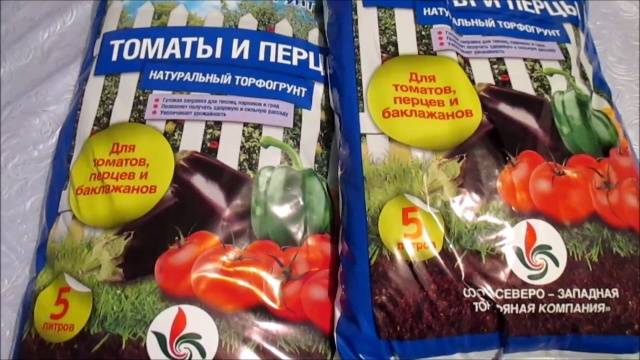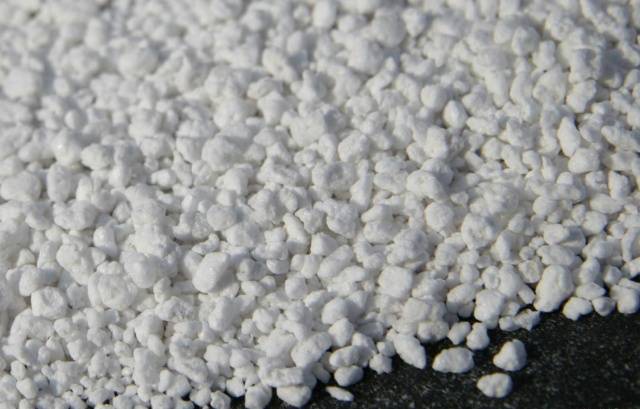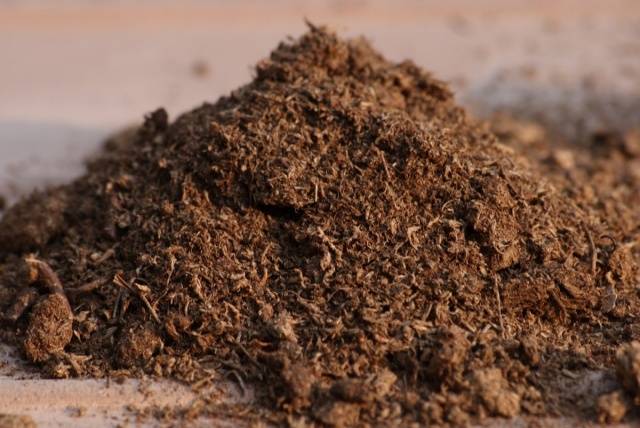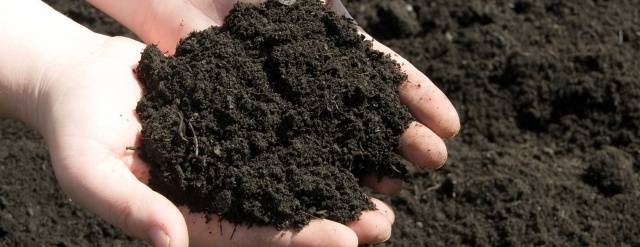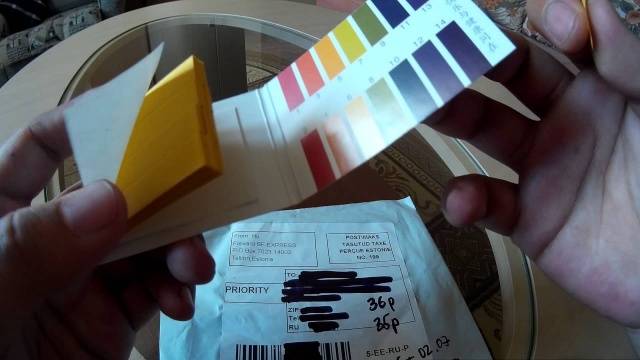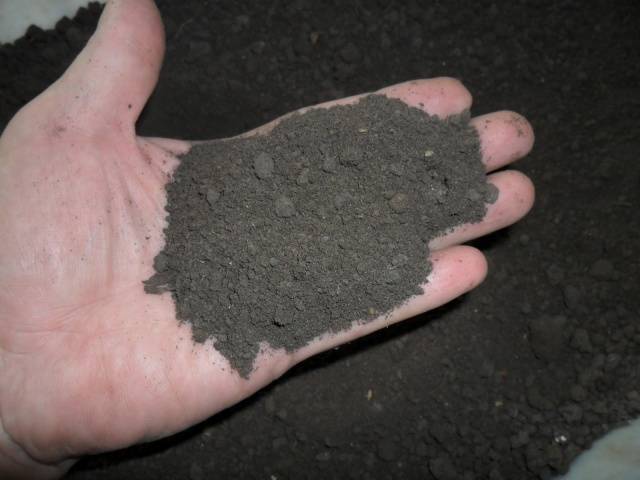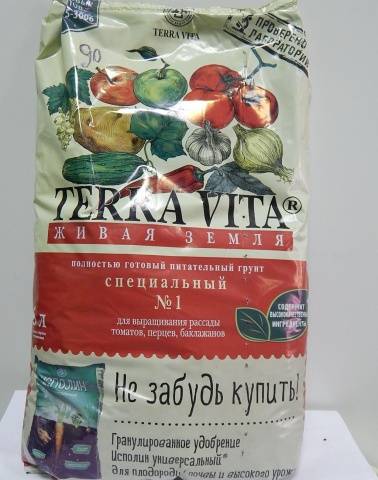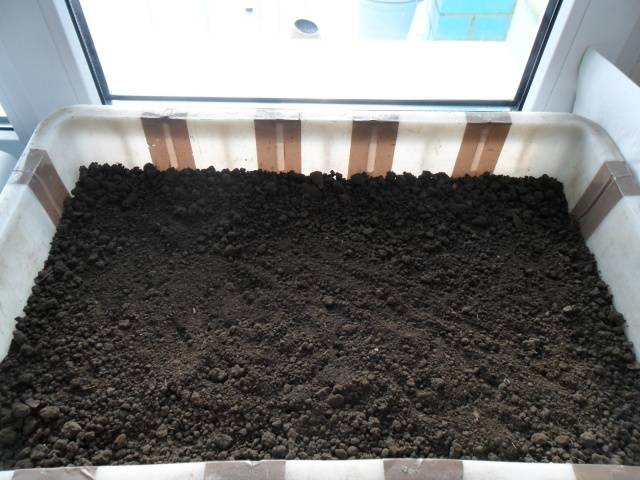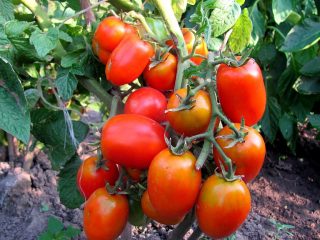Content
Growing your own seedlings is both an interesting and very useful activity for all enthusiastic gardeners who want to be able to choose certain varieties for planting themselves and are guaranteed to get a good harvest in the future. Indeed, many crops in our rather harsh climate require a mandatory seedling growing period. And the most important component on which good growth, development and well-being of seedlings depend is the soil. The two main and most beloved crops that require a seedling period to grow - tomatoes and peppers - are no exception. Soil for seedlings of tomatoes and peppers is the most important component of success for a really good harvest. What should it be and where can I get it? These questions will be discussed in detail in this article.
Basic requirements for soil for seedlings
At first, many newcomers to crop production do not at first see the difference in which land to use, because at first glance it seems that it is all the same. But not everything is so simple. The soil has many characteristics, each of which is important in its own way and ultimately affects both the appearance and the yield.
Mechanical composition of soil
It determines what is called the looseness of the soil. May be:
- Light - sand, sandy loam;
- Medium - light loam;
- Heavy - heavy loam
For seedlings of tomatoes and peppers, a light to medium texture is best. It is regulated primarily by the content of sand or other inert fillers, such as perlite.
Soil type
The most common type of soil found on the market is peat. This means that peat makes up 70 to 95% of its components. This in itself is not bad. After all, peat has a porous structure and passes both moisture and air well. But peat is also of several different types:
- Horse peat - is formed under the influence of atmospheric precipitation from plant residues (moss), is characterized by a low degree of decomposition of organic matter (few minerals), a strongly acidic reaction. It has a reddish color and a strong fiber structure.
- Low peat - is formed under the action of soil moisture from low-lying soil layers in an almost complete absence of oxygen. It is characterized by a high degree of decomposition of organic matter (many minerals), closer to neutral acidity. It has a dark brown and even black color and a crumbly texture.
- Transitional peat - according to its characteristics, it occupies an intermediate position.
For seedlings of tomatoes and peppers, you can use all types of peat, it is only important that its share in the total mixture is no more than 70%. Depending on the type of peat used, auxiliary elements are added. For example, for high-moor peat, lime must be added to reduce acidity.
It is the most fertile type of soil, it contains everything that plants need for full growth. But for the initial sowing of seeds, black soil will not be the best choice, because:
- seeds at an early stage of development do not need a lot of nutrients;
- black soil is often clogged with seeds weed herbs that also grow with pleasure on it;
- it is too dense and heavy substrate for the germination of tomato and pepper seeds.
There are also so-called seedling substrates - they mean the use of everything that can replace the soil for growing seedlings: sand, sawdust, perlite, coconut fiber, husks from grains and sunflower husks. With the addition of a certain amount of minerals to them, they do quite well with the task of growing seedlings of tomatoes and peppers, especially at the first stage of sowing and seed germination.
Soil acidity
This most important characteristic for seedlings of tomatoes and peppers should be in the range from 6.5 to 7.5, that is, be close to neutral or even slightly alkaline. If this norm is not observed, the seeds either, in general, will not be able to germinate, or the roots will not be able to use even the nutrients available in the soil in the future, and the seedlings of tomatoes and peppers will gradually wither. There are two ways to check the acidity in the finished soil mixture:
- Use a ready-made test sold in each specialty store to determination of soil acidity or even an ordinary litmus test.
- Use regular 9% table vinegar. Put a teaspoon of soil on a flat, dark surface and pour over with vinegar. With an alkaline reaction of the soil, violent foaming will be observed, with a neutral reaction it will be moderate, and in the case of an acidic soil, no foam will appear at all.
Soil nutritional value
This characteristic implies not only sufficient nutrient content, but also their balance. The main, so-called, macronutrients, nitrogen, phosphorus and potassium, should be in the soil for seedlings of tomatoes and peppers in approximately the same ratio. However, in addition to them, the presence of the fullest possible set of meso- and microelements is mandatory.
But it can be used as one of the components of a self-prepared mixture for seedlings of tomatoes and peppers. The higher the content of these elements, the more this soil needs to be "diluted" with neutral components, for example, coconut fiber or sand, or perlite.
"Living" soil
In previous years, this characteristic was not paid much attention, but in vain, because it is the presence of living microorganisms in the soil that allows the seedlings of tomatoes and peppers to form a more stable immunity, that is, to resist various diseases and pests both from the outside and sometimes contained in the plants themselves. Very often, many methods of disinfection of the soil mixture before sowing destroy the beneficial microflora in it. Therefore, it is very important, after disinfection (calcining or steaming), to spill the soil with one of the most popular biological products today: Baikal EM1, "Shining", or Trichodermin.
What should not be in the seedling soil
There are substances and components, the presence of which is highly undesirable in the composition of seedlings for tomatoes and peppers:
- The soil should be free of fungal spores, eggs and insect larvae, pathogens, weed seeds;
- The soil must not contain toxic substances - salts of heavy metals, radionuclides, oil products, etc. You must not take the land for the soil mixture from city lawns, near highways, from landfills, from airfields, etc .;
- The soil should not contain actively decomposing biocomponents, since the release of heat and additional nitrogen can adversely affect the development of tomato and pepper seedlings;
- It is advisable not to use clay - its properties are completely unsuitable for growing seedlings of tomatoes and peppers.
Buying ready-made soil for seedlings
Many gardeners and summer residents living in cities practically do not have the opportunity to make up a soil mixture for seedlings of tomatoes and peppers on their own, which is preferable, since you can control all the constituent components and their characteristics at every stage. But after all, shops and markets offer an amazing variety of ready-made soil for seedlings, including those specifically for tomatoes and peppers. How to understand this sea of proposals and choose the most suitable option?
- First of all, pay attention to specialized seedling soil. There are also universal soils, but it makes sense to buy them only if you want to use them to "dilute" specialized too concentrated soils to obtain more land for planting already grown seedlings. It would be quite a good option to purchase special soils for peppers and tomatoes, but, as a rule, for sowing seeds, they must be diluted with any baking powder (coconut fiber, perlite, sand);
- Whichever land mixture you choose, carefully study its composition in order to understand whether you will need to add anything to it later. In no case should you buy a land mixture without labels with complete information about both the manufacturer and the product;
- Study the composition of nutrients, acidity of the soil and act in accordance with the recommendations given in the previous chapter;
- As with any product, pay attention to the production date and shelf life of the ground mix;
- If, nevertheless, you are faced with a choice of which soil to choose, take for the experiment several small, most vending packages according to the above parameters. At home, you can study them more closely and control the acidity. A good soil for tomato and pepper seedlings should not be dense, sticky or sticky. Must have a fibrous structure and contain leavening agents (perlite - small white crumbs). Should not have a rotten or musty odor or traces of mold.
You can also target the most famous manufacturers that have been on the market for a long time. For example, according to the data of several independent expert organizations that have carried out studies of soils for their compliance with the declared parameters, only a few Russian manufacturers comply with all standards in the manufacture of their products.
The leader among them is Fart SPb, a producer of the famous Zhivaya Zemlya soil. Although over the years this soil has caused extremely positive feedback from consumers, in the last two years even to them, or, more precisely, to the Universal soil of this manufacturer, a number of claims have arisen.
Testimonials
Below are some reviews:
Homemade soil recipes
If you have the opportunity and desire, then nothing better than to prepare the soil for seedlings of tomatoes and peppers with your own hands, you can imagine. Of course, you need to take care of this in advance, in the fall to dig up a few bags of garden soil. Bring home a bucket of sand. And prepare or buy a bag of humus (well-decomposed manure or compost).
Additionally, you need to purchase a package of perlite, vermiculite, coconut fiber and peat. Gently mix all the ingredients, disinfect the resulting mixture, and then treat it with one of the available biologics mentioned above. It will be good if the seedling mixture lays down for a while (at least a week) and matures. Therefore, it is better to cook it in the fall.
So, the best recipes for soil in which it is good to sow tomato and pepper seeds:
- 1 part coconut fiber, 1 part peat, ½ part humus, ½ part land from the garden, ½ part vermiculite, a little lime if high-moor peat was used.
- 1 part of fine river sand, 1 part of sawdust or cereal husk, ½ part of humus.
- 1 part peat, 1 part vermiculite, 1 part perlite
For transplanting already grown seedlings of tomatoes and peppers, the following recipes are preferable:
- 1 part humus, 1 part garden soil, 1 part perlite
- 2 parts of peat, 1 part of humus, ½ part of garden land, ½ part of vermiculite.
Now, having familiarized yourself with all the possible characteristics of soil components and mixtures, choosing the right soil for your seedlings should not be difficult.
